News
17 Apr – 12 May 2019
Geraldton goes Wajarri
is shown in the Museum of Geraldton
1 Dez 2018, 10:30 am
Artist Talk
Geraldton Regional Art Gallery
30 Nov 2018, 6 pm
Opening spaced 2:
future recall tour
presents
Geraldton goes Wajarri
Geraldton Regional Art Gallery
1 Dec 2018 - 1 Feb 2019
-> website <-
1 April 2015, 6 pm
Celebrate Geraldton goes Wajarri!
Live Release of the
Geraldton-goes-Wajarri-Song
and film screening
CityHive, Pollinators, 184 Marine Terrace
28 March 2015
Wajarri Elder, Elvie Dann, became the 180th person to adopt a Wajarri word!
25 Feb – 2 Apr 2015
Pia will be in Geraldton to offer more words for adoption!
19 Feb - 29 Mar 2015
spaced 2: future recall
Western Australian Museum - Perth
Open daily | 9:30am - 5:00pm
-> website <-
Sat 21 Feb, 2015
10am - 4pm
spaced symposium
Western Australian Museum - Perth
-> programs <-
5 December 2014
150 people have adopted a Wajarri word! Thank you to all Wajarri word mentors, it is only through your collective participation that the realisation of this project has been possible.Today was the last day for this year to become a mentor.
4 December 2014
Elizabeth Mackay from Child Australia, who adopted the word “jura” meaning “child”, became the 100th person to adopt a Wajarri word!
previous events:
20 November 2014,
6 – 7:30 pm
project launch: Geraldton Regional Library
21 November 2014,
12 – 2 pm
Bundiyarra, Eastward Road
22 November 2014,
10 am – 12 pm
Western Australian Museum – Geraldton
24 November 2014,
2 – 4 pm
City Hive / Pollinators,184 Marine Terrace
26 November 2014,
12 – 2 pm
Mullewa Women’s Indigenous Group
Jose Street Mullewa
27 November 2014,
1 – 4 pm
Greenough Museum
30 November 2014,
4 – 6 pm
City Hive / Pollinators,184 Marine Terrace
1 December 2014,
5:30 - 7:30 pm
Tourism Sundowner
Swansea House, Marine Terrace
3 December 2014,
12 - 1:30 pm
Language Open Day and Party
Western Australian Museum – Geraldton
4 December 2014,
6 - 8 pm
Christmas on the Terrace
Marine Terrace – Geraldton
5 December 2014,
9 - 11 am
Civic Centre – City of Greater Geraldton
63 Cathedral Ave
5 December 2014,
7 - 9 pm
Opening
Geraldton Regional Art Gallery
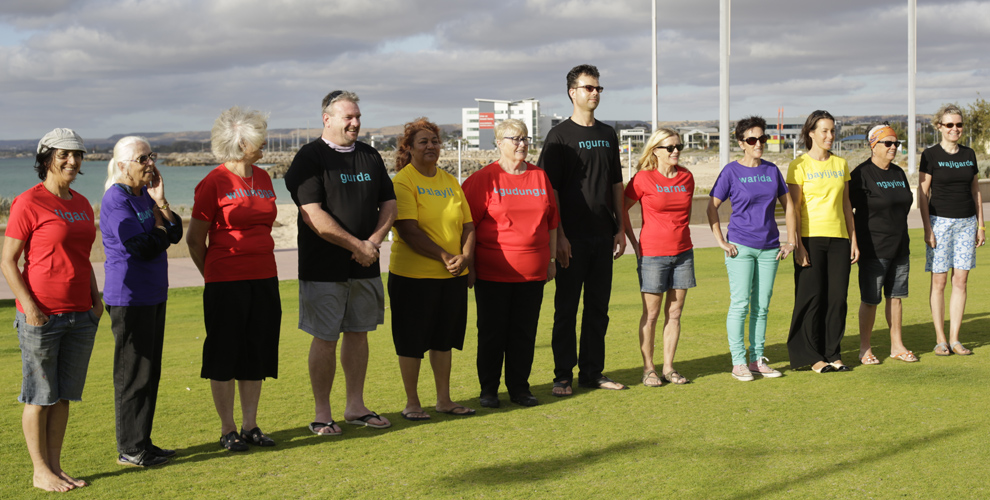
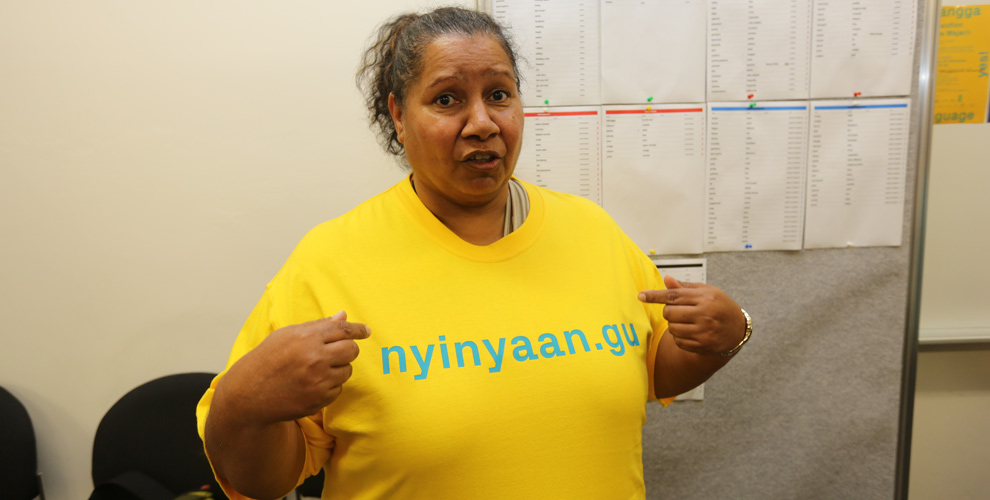
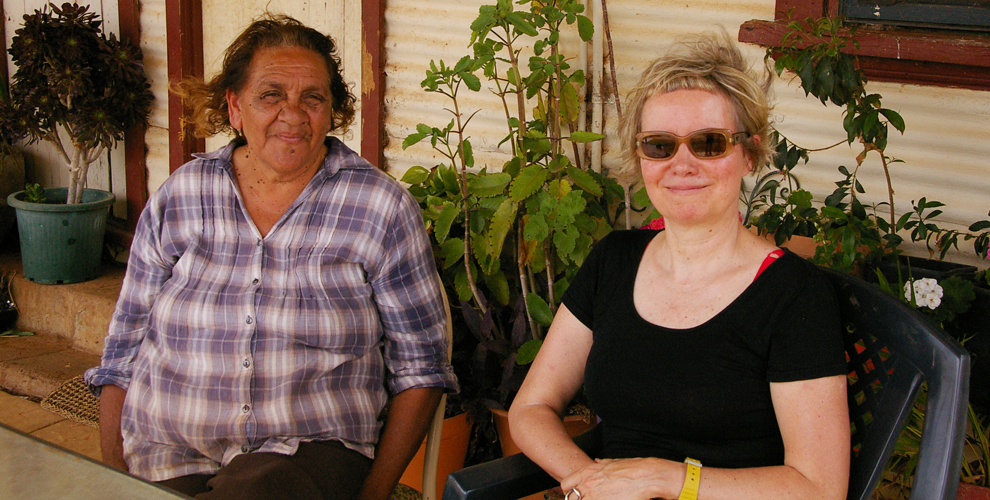
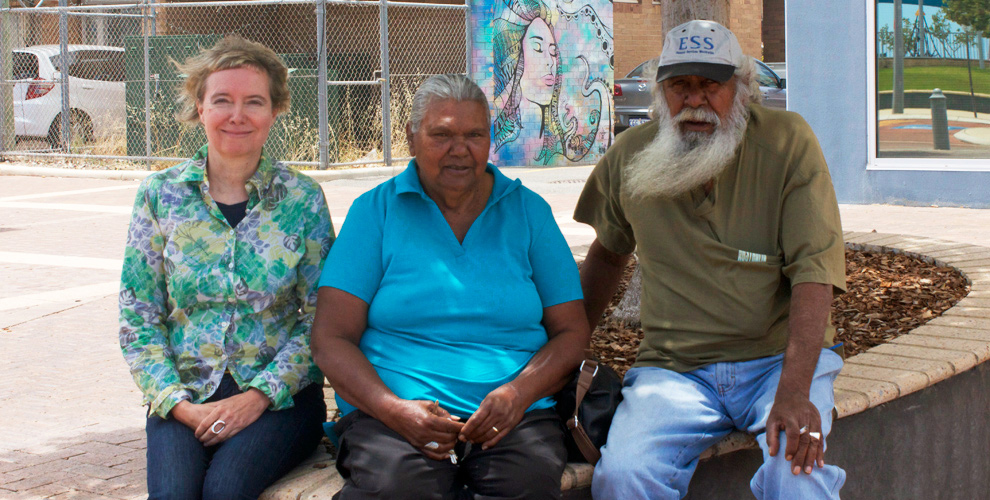
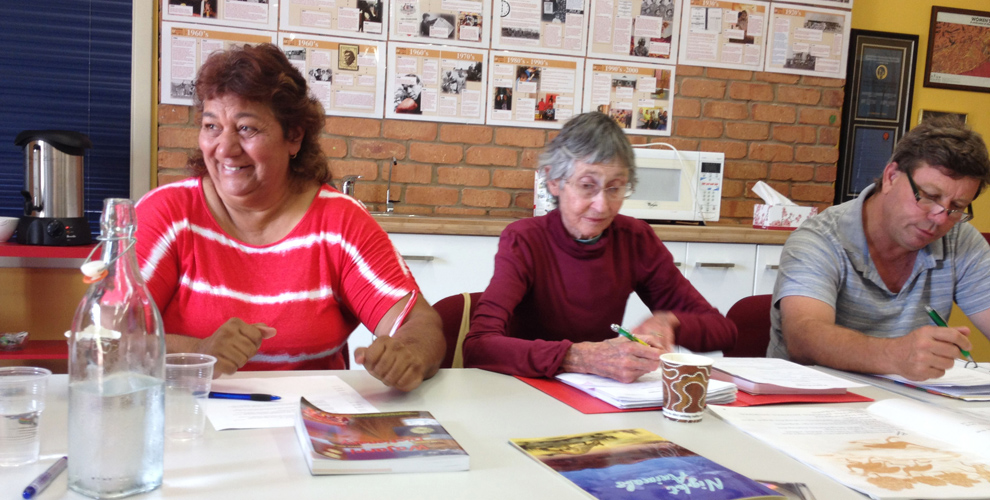
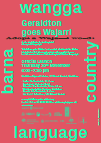
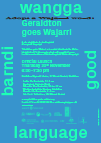
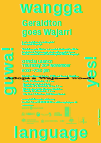
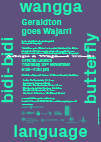
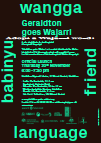





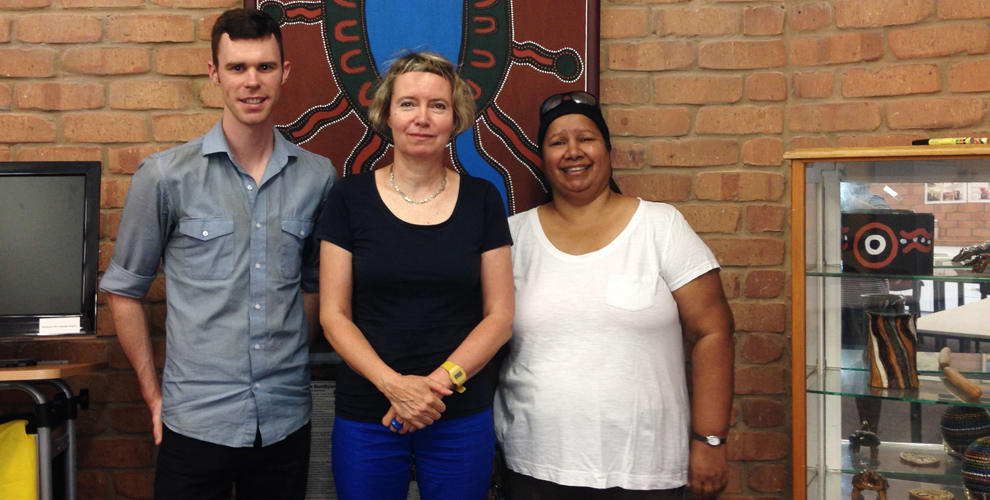
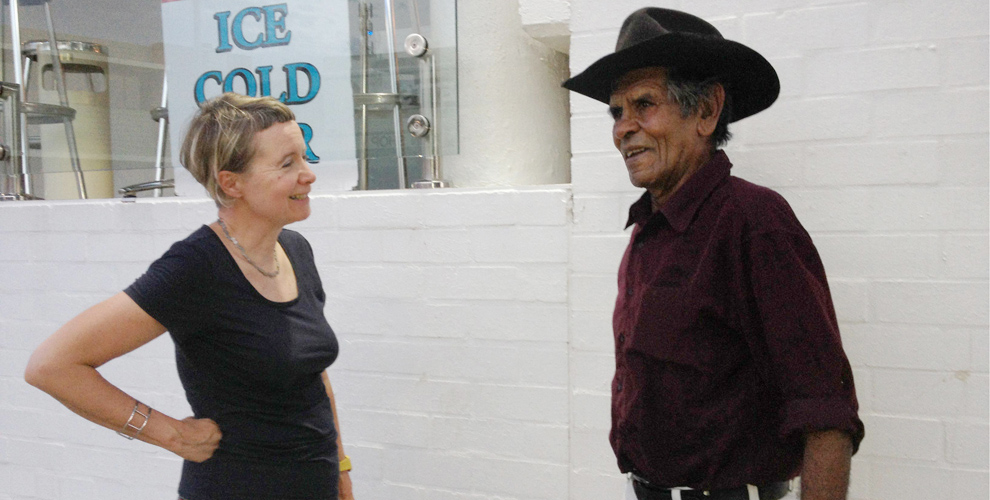
![City of Greater Geraldton [City of Greater Geraldton Logo]](pics/CityofGreaterGeraldton_logo.jpg)
![[Logoblock Spaced]](pics/logo_block_spaced.jpg)